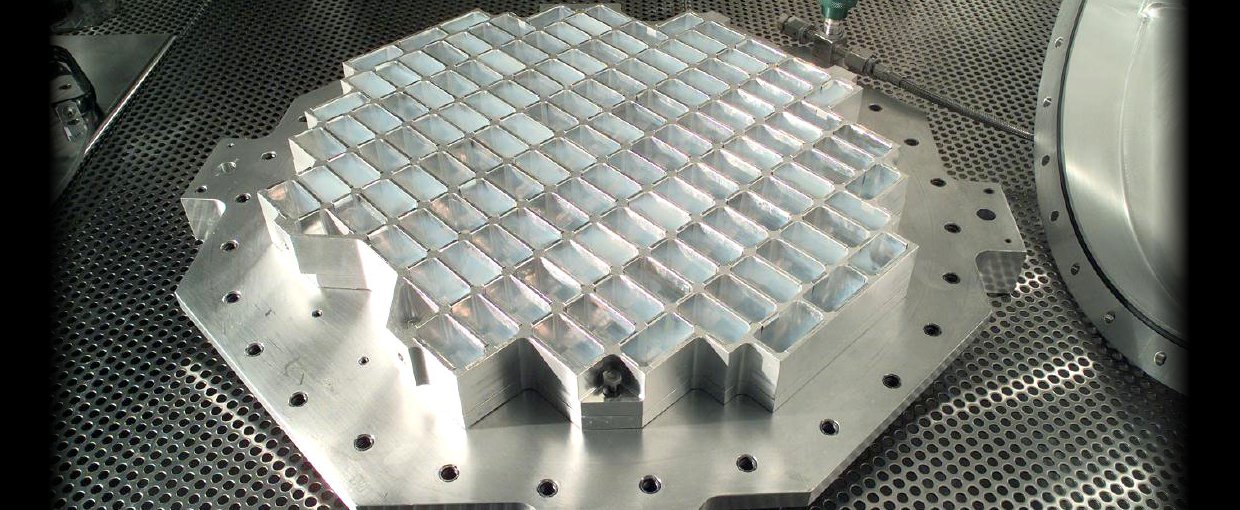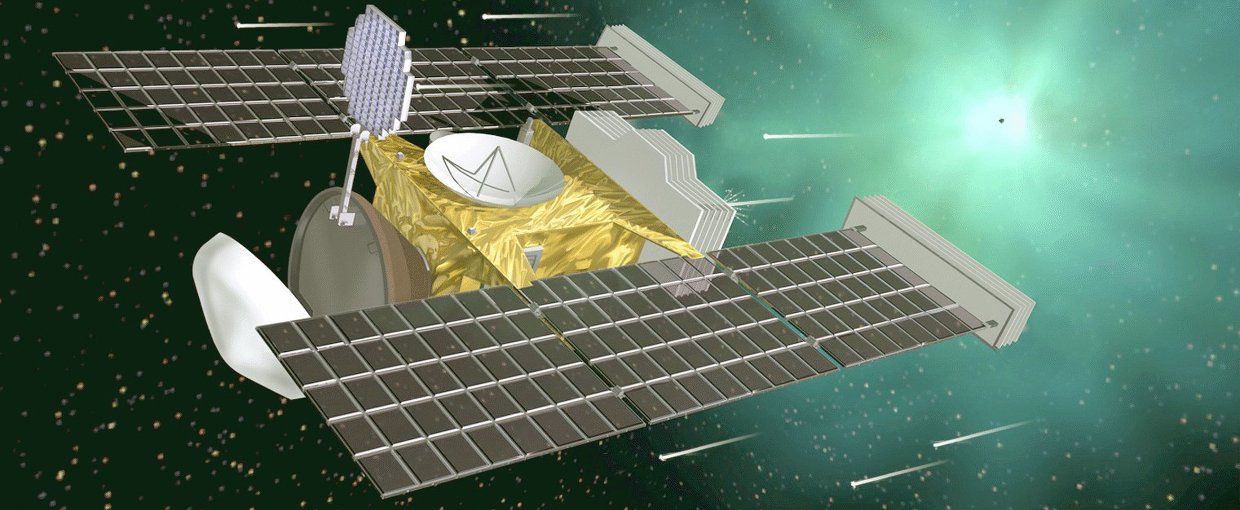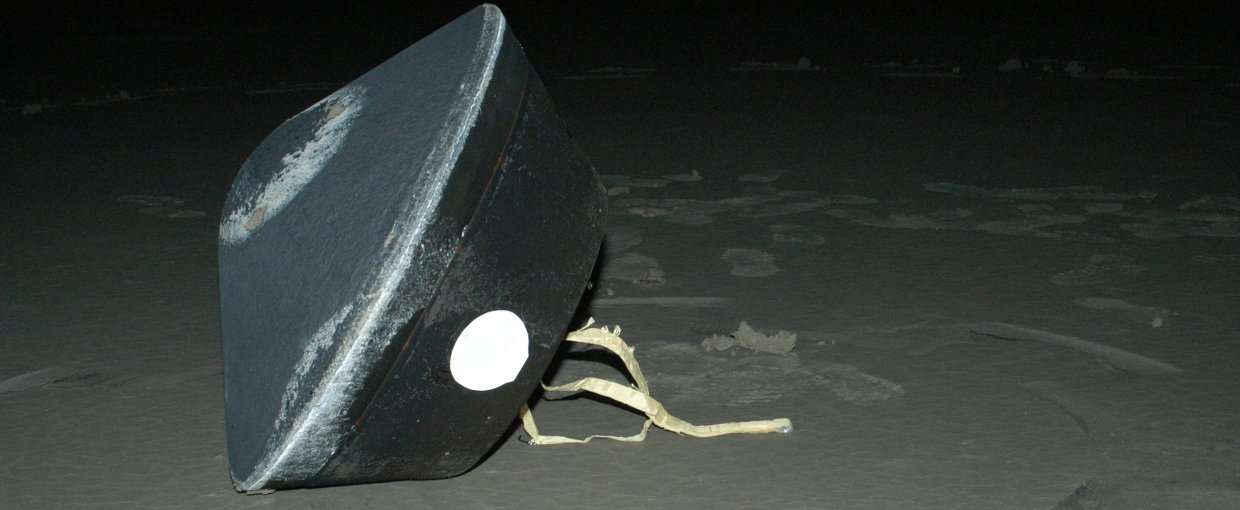
More samples of comets are urgently required to better understand the early history of the Solar System, say researchers analyzing comet dust brought back to Earth by NASA’s Stardust mission in 2006.
The dust particles are from Comet 81P/Wild (also known as Wild 2) and date to the beginning of the Solar System, containing clues about its earliest history.
“The future of Stardust science”, which is a paper published in June 2017 in the journal Meteoritics & Planetary Science, summarizes the roughly 150 scientific publications based on Stardust science. It makes an important point about the limits of our knowledge of the early protosolar disk of gas and dust from which the Solar System formed. That is, Wild 2 and other Kuiper Belt comets – those originating from beyond the orbit of Neptune – are poorly represented in our samples of extraterrestrial material.
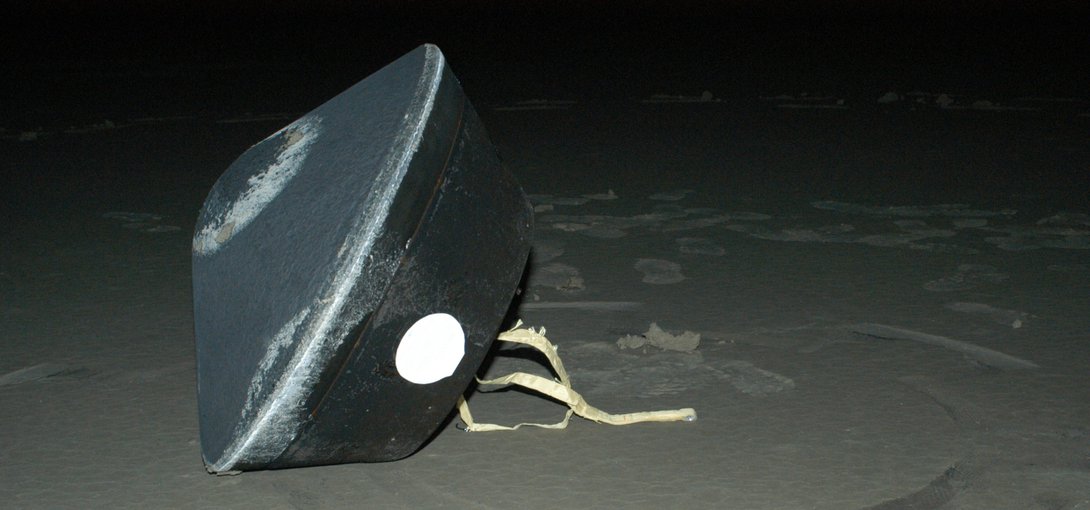
NASA's Stardust sample return capsule successfully landed at the U.S. Air Force Utah Test and Training Range at 2:10 a.m. Pacific time (3:10 a.m. Mountain time). The capsule contains cometary and interstellar samples gathered by the Stardust spacecraft.Image credit: NASA.
In contrast, asteroids are represented in our collections by meteorites and have been well documented for over a century, while the Moon’s material has been collected and brought to scientists for analysis by the Apollo astronauts.
Andrew Westphal, a senior member of the Stardust team and an astrophysicist at the University of California, Berkeley, urged investigators to seek out more Kuiper Belt material to study on Earth because of its unique origins.
“As you sample farther and farther out in the Solar System, you sample material that is more and more primitive,” says Westphal, the lead author of the paper. “Particularly when you get a sample from a comet, you get a sample [that has been] in deep freeze for 4.6 billion years.”
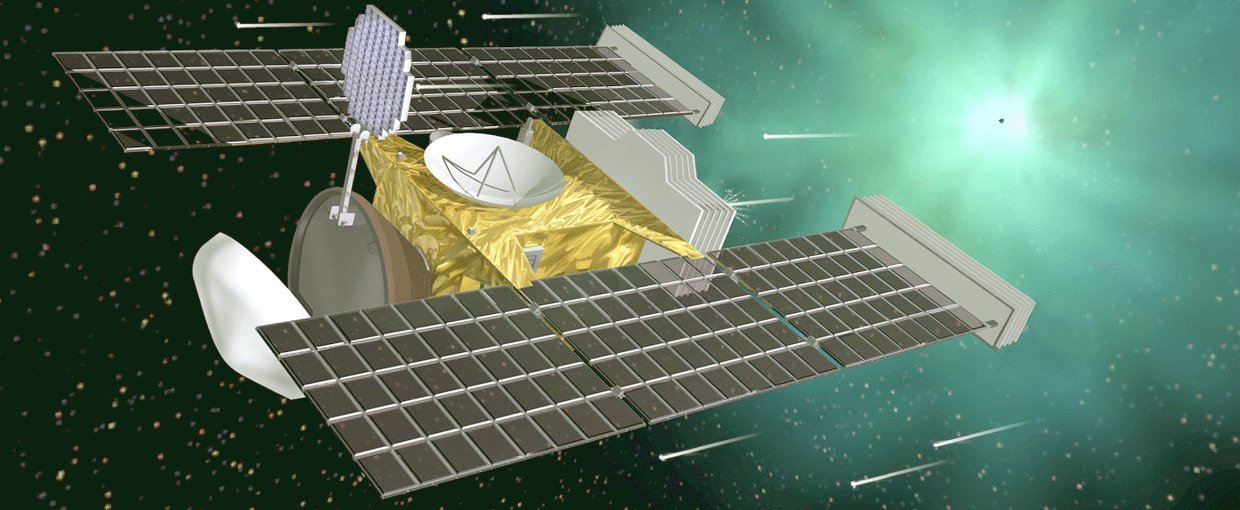
Stardust was the first spacecraft to return a cometary sample and extraterrestrial material from outside the orbit of the moon to Earth.Image credit: NASA.
Approximately 10 percent of a typical Kuiper Belt comet is unaltered interstellar material. Some of this material consists of pre-solar grains – circumstellar dust grains condensed in the outflows (emissions) of other stars long before the Solar System formed. Most of the interstellar material, however, probably formed in the interstellar medium.
Little information on water
Determining whether liquid water was ever present within Wild 2 is also an important goal of comet investigators. Astronomical evidence shows that cometary water may have variable deuterium to hydrogen (D to H) ratios, and that the average ratio differs from that of water on Earth. A famous example of this is Comet 67P/Churyumov–Gerasimenko, which was studied up close by the European Space Agency’s Rosetta mission from 2014 to 2016. Other cometary D to H ratios have been measured by ground-based telescopes.
If comets have different D to H ratios in their water than Earth’s water, this likely means that comets did not deliver the majority of water to Earth’s surface. Instead, investigators speculate it was asteroids that brought the water, but more study is needed of both asteroids and comets to help confirm the hypothesis.

A potential interstellar dust track (circled) in Stardust’s aerogel collector.Image credit: UC Berkeley/Andrew Westphal.
Unfortunately for Stardust investigators, no “volatiles” – which are molecules with low boiling points, such as water – survived slamming into the spacecraft’s aerogel and aluminum foil collector at 6.1 kilometers per second (3.8 miles per second, or 13,680 miles per hour). That situation has made it challenging to advance the science on cometary D to H ratios.
“The rocks survived, but no water was preserved,” says Westphal. “Some rare organics, however, did preserve their D/H ratios.”
The investigators also looked for phyllosilicates, which are clays that preserve water inside of them, but to date studies of particles collected by Stardust has not yielded any phyllosilicates.
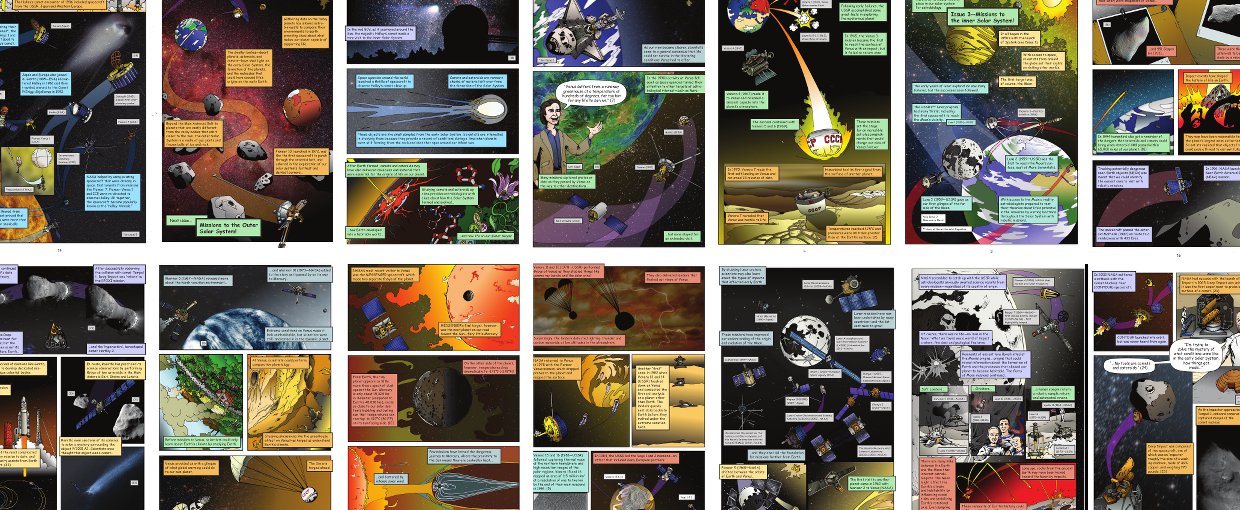
The Stardust mission features in Issue #3 of Astrobiology: The Story of our Search for Life in the Universe. Available at: https://astrobiology.nasa.gov/resources/graphic-histories/.Image credit: NASA Astrobiology Program.
There may be another opportunity to study the material from a comet. NASA’s proposed Comet Rendezvous, Sample Acquisition, Investigation, and Return (CORSAIR) mission is designed to collect materials, including organics, from Comet 88P/Howell, which could offer more implications for astrobiology. If the mission is approved, those samples would return to Earth in the 2030s.
Westphal’s research on stardust is supported by NASA’s Emerging Worlds program and the Laboratory Analysis and Return Samples (LARS) program.
The study, “The future of Stardust science,” was published in the journal Meteoritics & Planetary Science. This work was supported by the Emerging Worlds Program and the Laboratory Analysis of Returned Samples (LARS) Program. NASA Astrobiology provides resources for these and other Research and Analysis programs within the NASA Science Mission Directorate (SMD) that solicit proposals relevant to astrobiology research.
Additional Links:
Stardust Mission Page
Sample Collection is Hard
Refractory Grains in Cometary Dust
